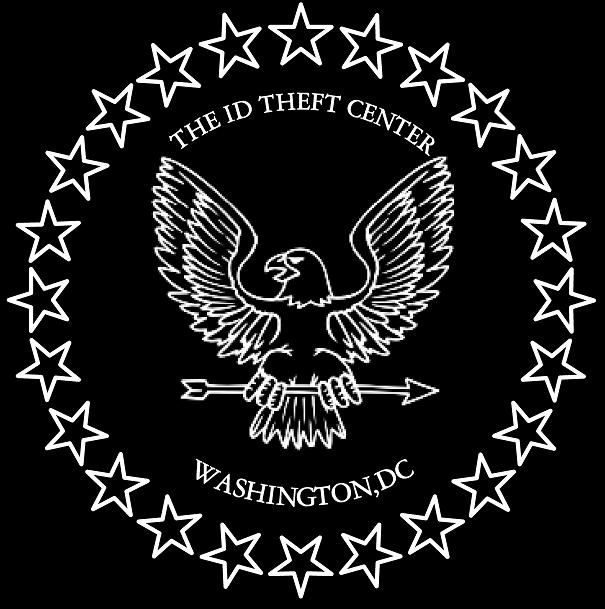
|

|

Many may have heard of the Red Flags Rule and know that businesses need to make changes to comply with these rules. However,
many institutions are still unclear of how this rule can affect them. On top of that US Financial institutions face a mandatory
deadline of November 1, 2008/EXTENDED TO MAY BUT IS THE LAW AT THIS POINT.Yet FI have to comply with 3 new US Fair and Accurate
Credit Transactions Act (FACT Act) regulations referred to as the Red Flag rule.
What are the red flag rules?
The red flag rules push financial institutions to make sure that people are who they say they are. Red flag rules stipulate
that financial institutions and creditors establish a written identity theft prevention program to detect, prevent and mitigate
identity theft. According to the FTC, each year over 8 million consumers fall victim to identity theft, and over $15 billion
in losses are caused by Identity thieves.
Identity theft is a growing crime affecting not only consumers but also businesses negatively. The Red Flag Rule is designed
to hold businesses more accountable in their management of consumer information through guidelines and legislation that address
technology and procedural issues affecting how that information is handled.
What are Red Flags?
Red Flags can be defined as any specific activity, practice or pattern which indicates the possible existence of fraud
or identity theft, such as:
· Unusual credit activity, such as an increased number of accounts or inquiries.
· Documents provided for identification appearing altered or forged.
· Photograph on ID inconsistent with appearance of customer.
· Information on ID inconsistent with information provided by person opening account.
· Lack of correlation between Social Security number range and date of birth.
· Social Security number provided matching that submitted by another person opening an account or other customers.
· Drastic change in payment patterns, use of available credit or spending patterns.
· An account that has been inactive for a lengthy time suddenly exhibiting unusual activity.
· Financial institution or creditor notified that customer is not receiving paper account statements.
· Financial institution or creditor notified that it has opened a fraudulent account for a person engaged in
identity theft.
homeimage.jpg
How it can affect you?
criminal.jpg· Each financial institution and creditor that holds any "covered account" need to develop
and implement an Identity Theft Prevention Program designed to prevent, detect, and mitigate identity theft in connection
with new and existing accounts.
· The rules require issuers of credit and debit cards to develop policies and procedures to ensure the validity
of an address change request when that request is followed closely by a request for an additional or replacement card.
· Users of consumer credit reports are required to develop policies and procedures to respond to notices from
credit reporting agencies regarding address discrepancies.
Who must comply?
The Red Flag Rules applies to any financial institution or creditor. So it not only applies to every single bank, savings
and credit union, but also thousands of other institutions that are considered a creditor. The FTC states that financial institutions
and creditors that "offer or maintain covered accounts" must implement a red flag rule program.
Violations
Complying with the rule is not an easy or quick task; it carries the same challenges as any other compliance standards
out there. However, non-compliance risks are huge. Failing to comply creates anything from civil fines, enforcement action,
lawsuits and specially harm to ones reputation. The FTC may impose civil money penalties which can go up to $2,500 per violation.

|

|

|

|

|
Enter supporting content here
For more information
Call Us
The ID Theft Center
Washington,DC
1-202-506-8216 (24hrs)
Email us: theidtheftcenter@live.com
The ID Theft Center is Private Funded/Non Profit grassroots educational team. It is our mission to properly educate the community
on Identity Theft "The Fastest Growing Crime In The World". Our Goal Is 2 fold.Educate and Protect.If you have attended one
of our trainings and you need services of protection email us and we will connect you with a referring agent outside our organization
to assist your area of need.
|

|

|

